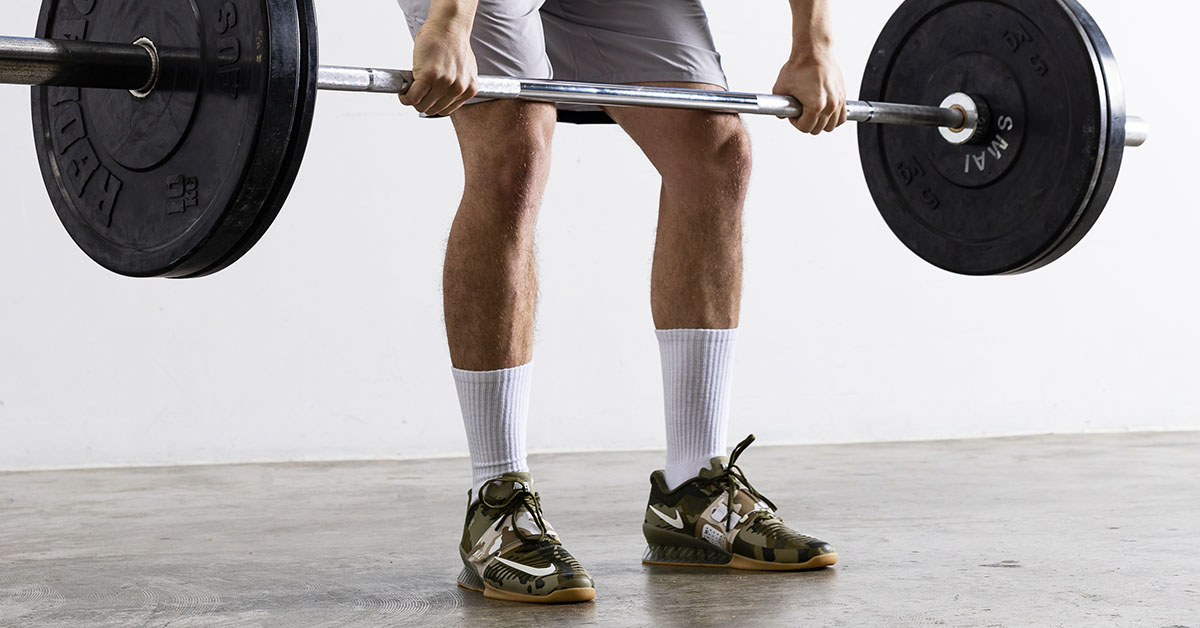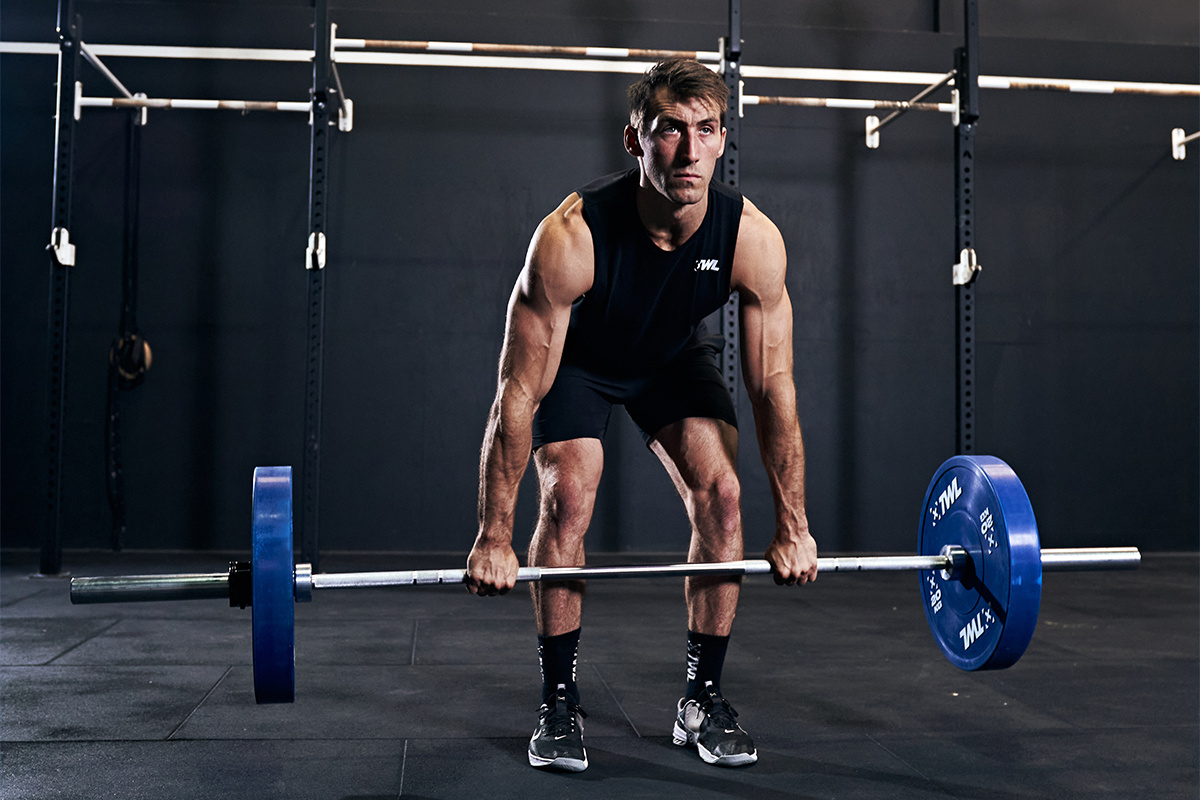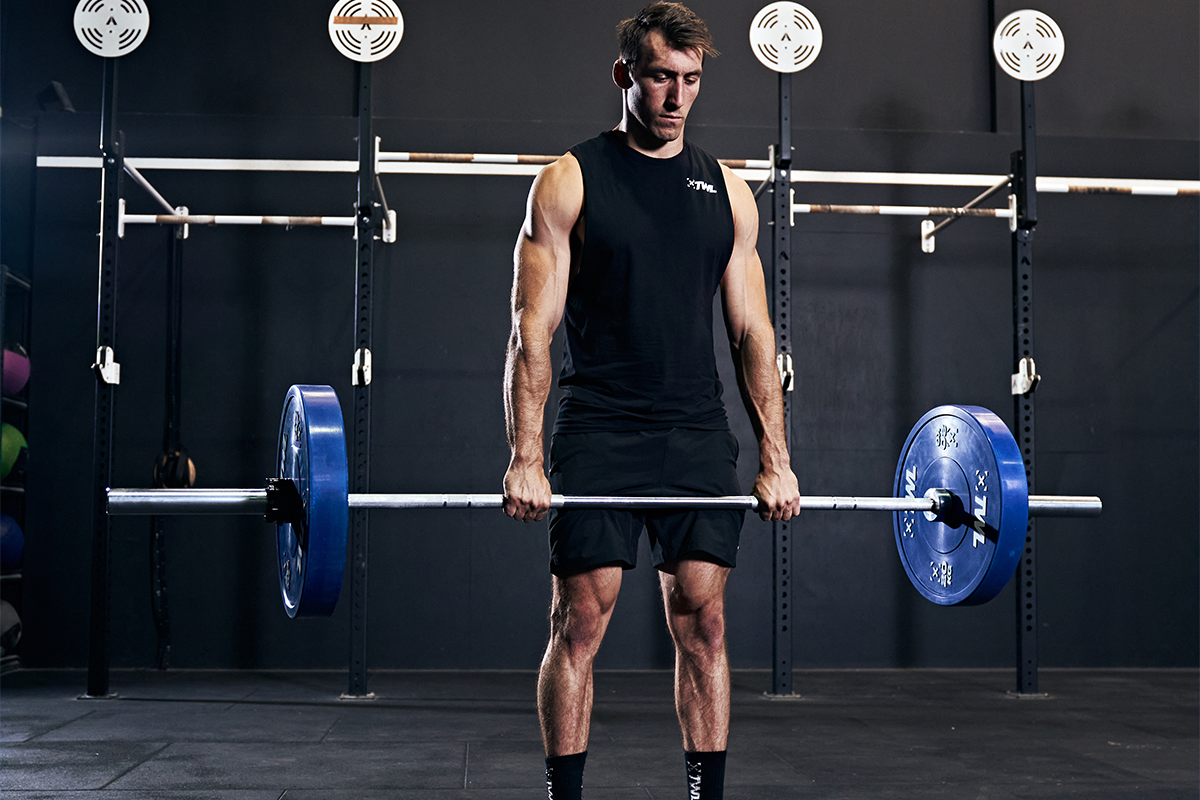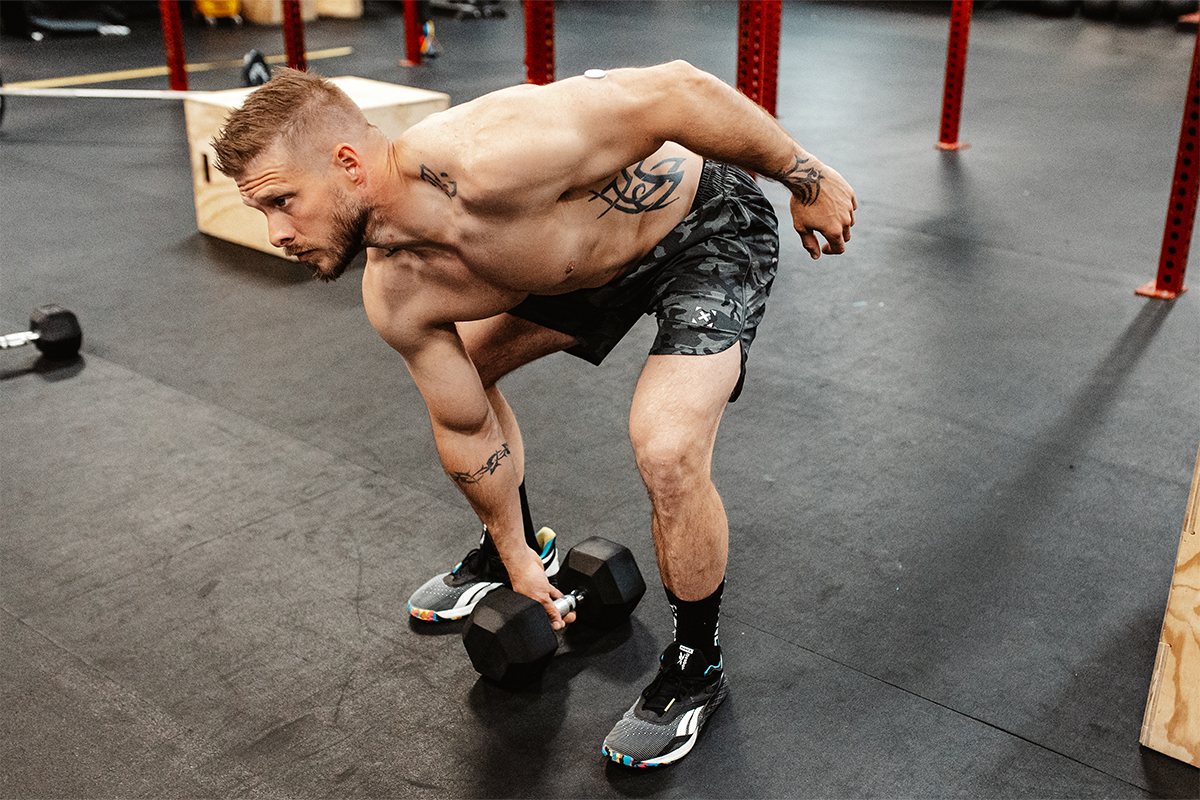The deadlift is arguably the most raw test of physical strength in weight training. It’s a staple movement in almost any training program, due to the significant carryover the movement has to improved strength, power, and functional ability. Pulling a heavy deadlift from the ground also happens to look and feel badass. There’s not much more of a satisfying feeling than ripping the bar from the ground, straining every muscle in your body as the bar passes your knees to lockout.
However, there’s a lot more to lifting heavy than simply gripping and ripping. Here are six tips to improve your deadlift training to get maximum benefits.
6 Tips to Improve Your Deadlift Training
1. Rely on a Hook grip
Picking up a barbell loaded with double or even triple your body weight places a lot of stress and asks a lot of your forearm and hand muscles. As such, your grip of the barbell is an important factor in the weight you can pull.
https://www.instagram.com/p/B5N8_t4pSWu/
Many people will utilise the alternate grip, with one overhand and one underhand, when pulling deadlifts. Another method is to use the hook grip. Hook grip involves taking a double overhand grip and wrapping your fingers over your thumb to “strap in.”
Hook grip is vitally important if using a double overhand grip and has significant carryover to the Olympic lifts. Anyone who has tried a double overhand grip with no hook will max out on their grip far before anything else. Yes, your grip can be the limiting factor in a deadlift.
It can take a little getting used to, and I recommend taping your thumbs. However, persevere and you will see huge benefits in your grip strength and carryover to your Olympic lifts.
2. Use Your Legs
Conduct a gym-wide survey on the muscle group most important to a deadlift and you’ll return mixed results. Many people see the back muscles as primary movers in the deadlift. However, everything from your feet to your hands must work in conjunction to complete a successful rep. The legs and hips are particularly important in moving heavy weight.
To properly fire your glutes and hamstrings:
- Start your setup with your hips down so your back is at a slight angle. The angle of your back will be determined by your body dimensions. Too low, and you will over-engage your quads. Too high, and you will over-engage your hamstrings.
- Lock your shoulders back and down with lats turned on and tight.
- Initiate by “pushing” through the floor rather than pulling.
- Actively squeeze your butt as the bar passes your knees.
3. Train Heavy
You’ve heard lift big to get big! Well it’s not wrong when chasing strength gains. Work to your best sets between 2-6 reps for maximum strength gains, and 8-12 for hypertrophy work. But most importantly, ensure you’re always progressively overloading (use more load each session). Lifting heavy and often and increasing your load each week is a surefire way to improve your deadlift training.
https://www.instagram.com/p/Bqv_czRFw6F/
4. Deadstop
The touch-and-go deadlift is a popular method in many training regimes, particularly those in CF, due to the assistance derived from the stretch-shortening cycle (eccentric contraction followed by an immediate concentric). However, mixing in deadstop deadlifts has significant benefit to your training.
Deadstop deadlifts mean coming to a complete stop at the bottom of every rep before moving on to the next. The benefits include giving you time to refocus your technique, rebrace your core and back, and building strength out of the bottom of the rep. They also translate well to the Olympic lifts, which often require pulling from a stagnant position.
5. Brace Your Core
If you watch any good lifter, you will likely notice the short sharp breath they take before most reps. This breath assists in engaging the muscles throughout your trunk, providing for a stable torso that enables you to drive through yours legs whilst stabilised.
Each breath should be taken as if from your belly, not as though from your lungs — a common deadlifting mistake. If it feels as though you are bracing to cop a gut punch, you’re doing it right.
https://www.instagram.com/p/BkMBON7h623/
6. Film Your Reps and Get a Coach
Yes, you might look like the vain narcissist at the gym constantly checking yourself out. But filming your reps will allow you to analyse your movement patterns and make corrections either on the fly or at your next session. Having a professional coach analyse your lifts will also have unmeasurable benefits in adjusting your movement patterns and staying injury free.
If you want to improve your deadlift training further, sign up for our free deadlift program, in partnership with 98 Gym.

















